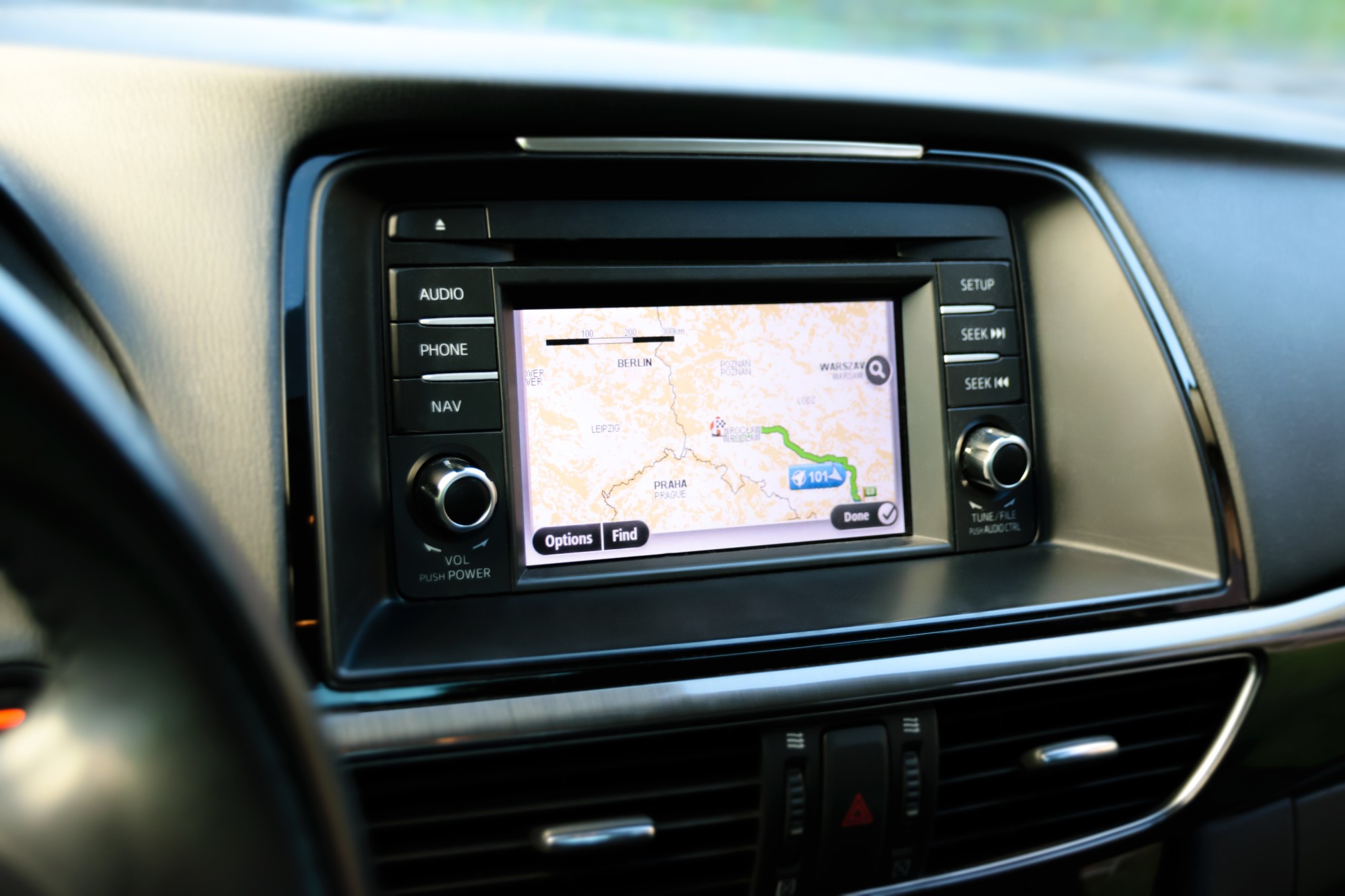If you have ever been on a road trip when you were young, you remember how frustrating it was when your parents got lost and had to pull out that giant US Interstate road map and had to find your way, sometimes losing hours of your trip?
Now, most vehicles have an onboard GPS system. We can get to places faster than ever before. But this little system we so often take for granted has a history, and tracking a car with GPS has many components.
So what is GPS and how does it work? Here is a brief guide to GPS and why you should keep it in your car.
What Is GPS?
GPS, or Global Positioning System, is a space-based set of radio navigation satellites that do just as the name implies. If you are anywhere in the world that has data service, you can find a location on Earth.
The Global Positioning System has its roots in the Cold War Era, like many other space-oriented institutions and technologies. The US Navy conducted experiments in the 1960s to try and track US nuclear submarines using satellites.
In the 1970s, the Department of Defense wanted to create a satellite navigation system and thus created NAVSTAR (Navigation System with Timing and Ranging), which in 1993 became fully operational.
Types of GPS Systems
There are two kinds of GPS systems that are authorized for civilian use, Commercial GPS and Passive GPS. Vehicles use commercial GPS systems to track their movements, and some record information to be stored later. Many vehicle accessories like Linxup utilize these important systems.
Passive systems also store data, but it does so based on specific events. It usually updates for up to the past 12 hours. You can find this kind of GPS on many commercial applications.
It is used for apps and accessories that can help aid at-risk individuals or people who need assistance, such as young children and the elderly. But it can also be used in industry and the workforce to track shipments and keep an eye on tasks done by employees.
How Does GPS Vehicle Tracking Work?
GPS tracking is based on a trilateration system. This means that the GPS satellites in mid-Earth orbit use three or more satellites to calculate the location of what is being tracked.
These satellites are then able to determine the longitude, latitude, elevation and the time the GPS device spent in that location. So they are able to even calculate the trajectory, travel route, and speed of your tracked vehicle.
In order for this to work, you must first install a GPS device in your vehicle, either it might already have a navigation system built-in or you can purchase a navigation system to put in the vehicle. From there you can use GPS tracking for wherever the vehicle goes.
Tracking A Car With GPS
Tracking a car with GPS is not a difficult thing to do. However, your vehicle might not have the system so you must install it on your car. Don’t be afraid to take advantage of the many benefits GPS can offer you.
Before, you had to find your way using outdated maps. Now you have a guardian GPS system guiding your way. Get one of these for your car today. For other informational articles like this one, be sure to visit our blog for more.

